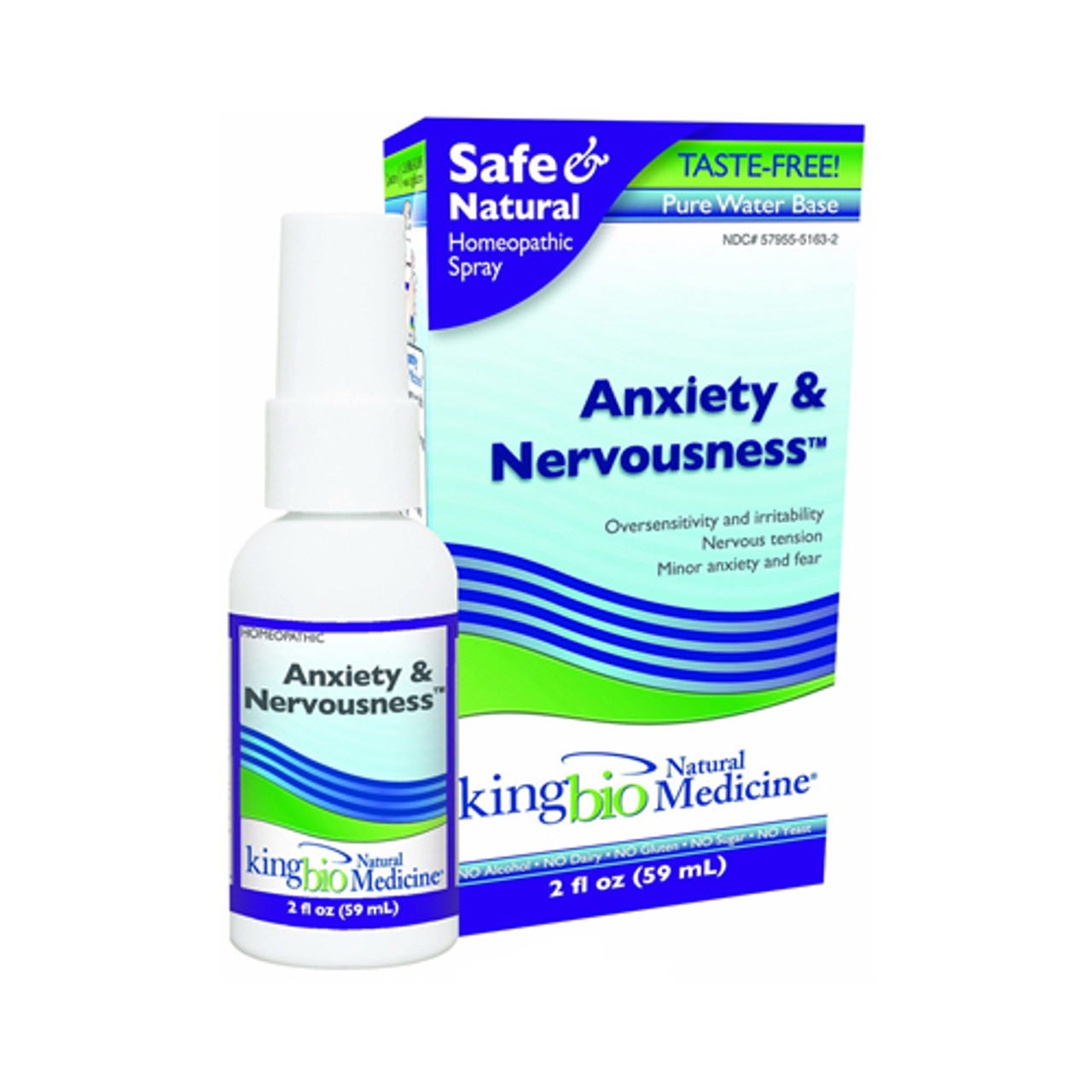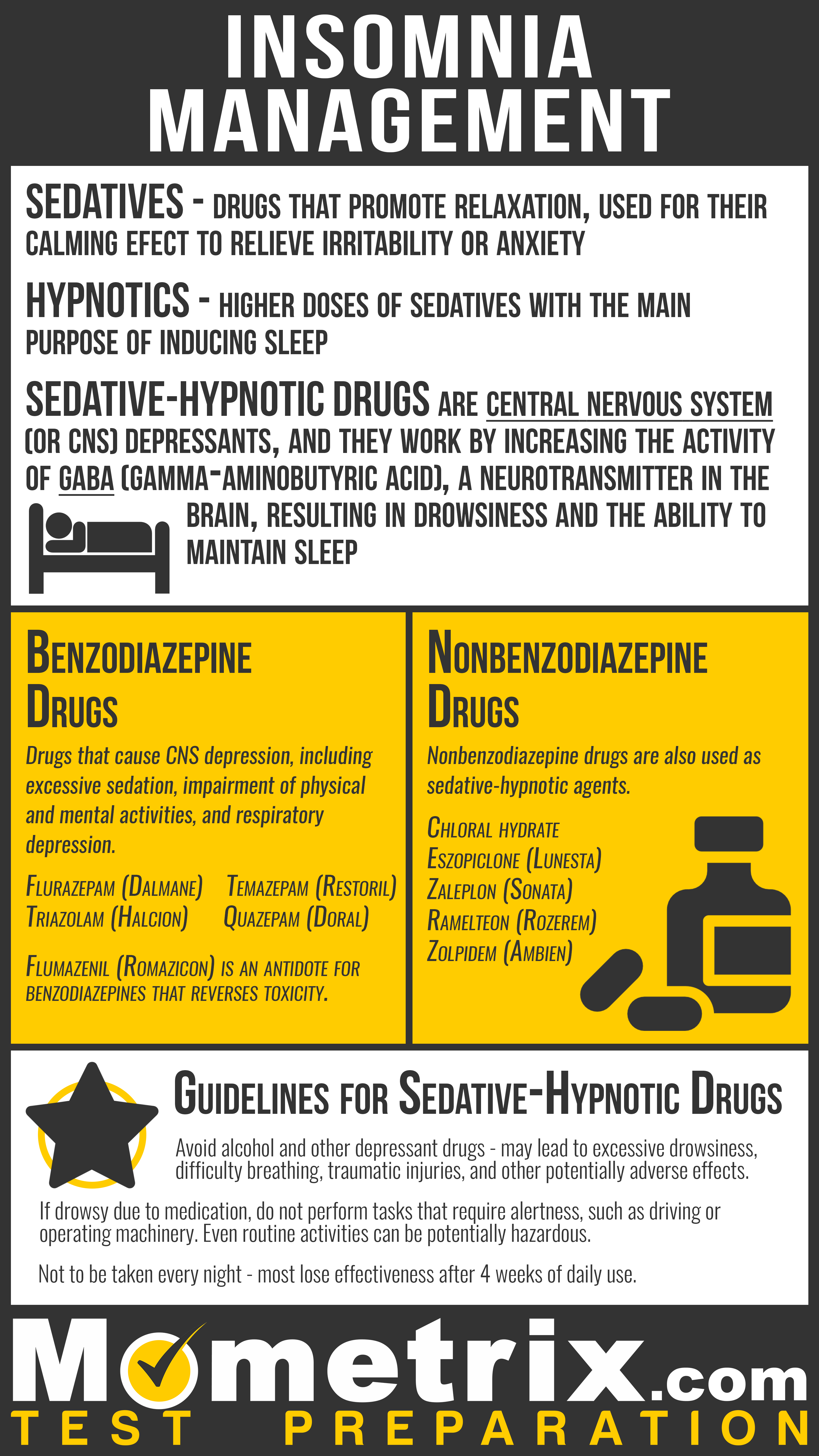
The greatest benefit to doxepin is that it’s non-addictive and non-habit-forming. In small doses, doxepin can increase your sleep duration and help you stay asleep longer. Doxepinĭoxepin is a tricyclic antidepressant that’s been approved by the FDA to treat insomnia. It does, however, have its own set of side effects including sleep-walking and even sleep-driving! This can cause users to do dangerous and unusual things while asleep with no memory of them in the morning. Zolpidem is another benzodiazepine but has less addictive components than alprazolam. Like Xanax, Ambien takes effect quickly, making it a popular choice for instant insomnia relief. Similar to alprazolam, zolpidem binds to the body’s GABA-A receptors, causing you to feel relaxed and drowsy. Zolpidem (Ambien®)Īmbien is a popular sleep medication. Here are some of the most popular and effective. It’s during slow-wave sleep that your body restores energy, performs cellular regeneration and tissue repair, and strengthens your immune system. Alprazolam may reduce how long you spend in slow-wave sleep, which is the deepest part of NREM sleep.

Doing so can cause increased anxiety, cognitive issues, and sleeplessness! Seizures are another common and dangerous side effect of stopping Xanax use suddenly.Įven if Xanax helps you fall asleep, you may not be getting the quality sleep you need. Regardless of why you’re taking Xanax, it’s recommended you slowly wean yourself off instead of stopping abruptly. It’s also important to note that stopping Xanax use can cause some unpleasant withdrawal symptoms. Second, your body may develop a tolerance to the drug, requiring you to use more of it to achieve the same results. After stopping use, you struggle even more to achieve a quality night’s sleep than you did before incorporating the drug into your regime. One, your body becomes dependent on the drug for sleep.

This occurs when someone uses medication like Xanax to ease insomnia symptoms only to feel worse once they stop taking it. Rebound insomnia is another potential risk factor. Using Xanax to treat insomnia isn’t without its downsides (in addition to the above-mentioned side effects and risk of dependency). When used to treat an anxiety or panic disorder, Xanax may inadvertently help ease insomnia symptoms. Racing thoughts, an increased heart rate, and nightmares are all common among both insomnia patients and individuals with anxiety or panic disorder. The inability to calm your mind and body makes it difficult to fall and stay asleep.

Many therapists and medical professionals use Xanax to treat patients who need immediate relief and are also undergoing other, long-term treatment options.Īnother reason people turn to Xanax to help treat sleep disorders is that it addresses one of the many causes of insomnia - anxiety.Īnxiety and stress are two common causes of insomnia. Xanax is fast-acting and delivers immediate results while the benefits of therapy take a bit longer to take effect. One reason is due to the risk of dependency Xanax poses. In fact, most patients also use therapy and alternative medications to ease symptoms. It’s important to note that Xanax alone isn’t the best (or only) treatment available for anxiety and panic disorders. GABA reduces this neuron activity, relaxing your body and helping you feel less anxious.Īnother side effect of GABA is fatigue which is why some people use Xanax as a sleep aid. Neurotransmitters act like a communication center in your body, telling your muscles and nerves what to do. GABA is a type of neurotransmitter that acts as a messenger to the nervous system, relaying signals between cells. The effects take hold right away, helping anxiety sufferers return to a state of relaxation. This reaction is relatively quick, which is why Xanax is a common treatment for anxiety and panic disorders. Benzodiazepines attach to the GABA-A (gamma-aminobutyric acid-A) receptors in the brain, triggering a calming effect.


 0 kommentar(er)
0 kommentar(er)
